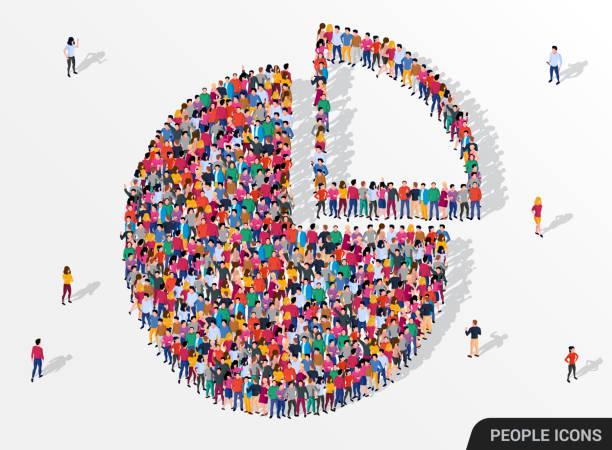Explore essential demographic insights for business growth and transformation strategies

Introduction
In an era where data reigns supreme, understanding the nuances of demographic information becomes indispensable. Whether you’re a seasoned marketer or a budding entrepreneur, demographic insights can be the compass guiding your strategies. Let’s unpack the layers of this topic, and shed light on its paramount importance in shaping businesses today.
1. What is Demographic Information?
Demographic information refers to data about a population’s characteristics. This can span from age, gender, income, and ethnicity to more complex data like purchasing habits or educational background. Every time you fill out a survey or sign up for a newsletter, you’re contributing to a vast ocean of demographic data. This invaluable resource aids companies in making informed decisions.
2. Why Businesses Need Demographic Information
Understanding the Target Audience
By grasping the specifics of their audience, businesses can tailor their products and marketing strategies more efficiently. It’s like having a compass in the vast sea of market competition.
Predicting Market Trends
With demographic data at their fingertips, companies can anticipate shifts in the market and adapt accordingly. Being proactive rather than reactive can be the key to staying ahead.
3. Methods to Gather Demographic Information
These tools allow businesses to ask direct questions and receive first-hand feedback. They’re a goldmine for data that can be both qualitative and quantitative.
Purchasing Data
Some companies specialise in collecting and selling demographic data. While this may come at a cost, it often offers detailed and expansive information.
4. Ethical Concerns and Demographic Information
Handling personal data requires responsibility. Ethical concerns arise when businesses misuse this data or fail to protect individual privacy. Ensuring transparency and securing information should be paramount.
5. How Demographic Information Influences Marketing
Tailored Advertising Campaigns
Knowing your audience allows for laser-focused advertising, ensuring that the right people see the right content.
Enhancing Product Development
Feedback and demographic trends can directly influence product modifications or the creation of new items tailored to the target audience.
6. The Future of Demographic Information
With advancements in technology, the ways we gather and interpret demographic data are rapidly evolving. From AI-powered insights to predictive analytics, the future looks bright and data-driven.
7. Mistakes to Avoid with Demographic Information
Relying Solely on Quantitative Data
Whole numbers offer solid evidence, qualitative data can provide context and depth to these figures. Balancing both is the key.
Overgeneralizing or Stereotyping
It’s essential to avoid painting everyone with the same brush. Demographic data should guide, not dictate, strategies.
Demographic Information – A Deep Dive
At the core of demographic information lies an understanding of human behaviour and preferences. In a business context, this translates to knowing what makes customers tick. A business that harnesses the power of demographic data can not only cater better to its current audience but can also expand its horizons by tapping into potential new markets.

FAQs
- What are the primary sources of demographic information?
The primary sources include national censuses, surveys, registration systems, and administrative records.
- How does demographic information differ from psychographic information?
While demographic data revolves around quantifiable population attributes like age or income, psychographic information delves into attitudes, values, and lifestyles.
- Is there a risk in over-relying on demographic data?
Yes, solely depending on demographic data can lead to an incomplete understanding of your audience. It’s crucial to balance it with other types of information.
- How can businesses ensure ethical use of demographic data?
Adopting transparent data collection practices, allowing users to opt out, and securing personal information can ensure ethical data handling.
- Why is real-time demographic data important?
Real-time data offers insights into current trends, allowing businesses to make immediate strategic decisions and respond to market shifts.
- How does demographic information intersect with big data?
Demographic information is a subset of big data. When combined with other data types, it can offer comprehensive insights into market dynamics and customer behaviour.
Conclusion
In the contemporary business landscape, demographic information stands as a pillar of informed decision-making. From shaping advertising strategies to enhancing product development, its applications are vast and transformative. As we navigate this data-driven era, understanding and harnessing the power of demographics will undeniably be the keystone of sustainable business growth.
External Links/ Sources:
Demographics: How to Collect, Analyze, and Use Demographic Data
